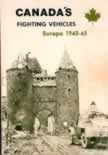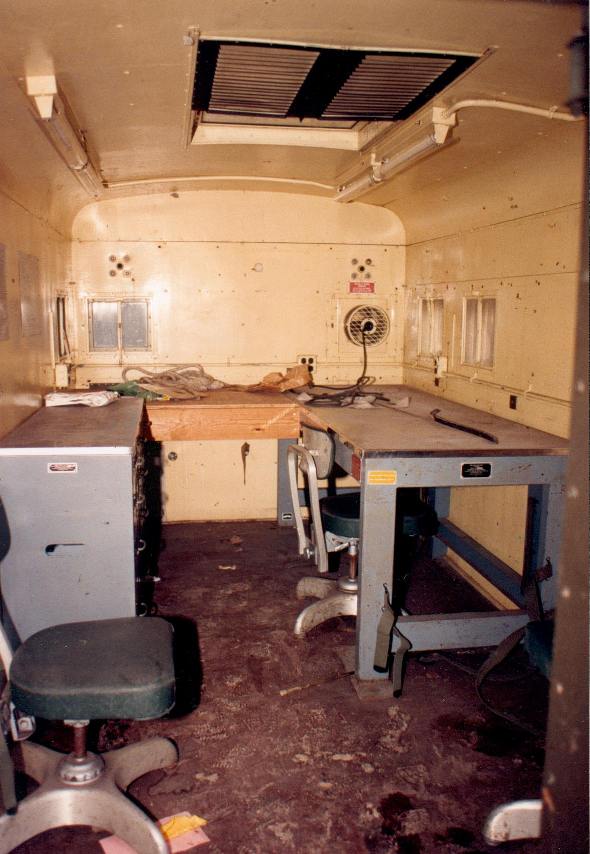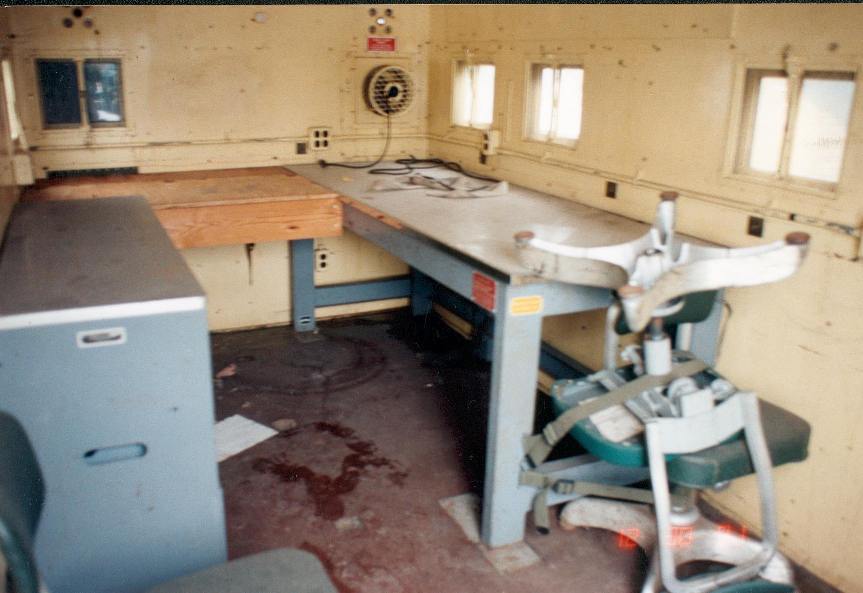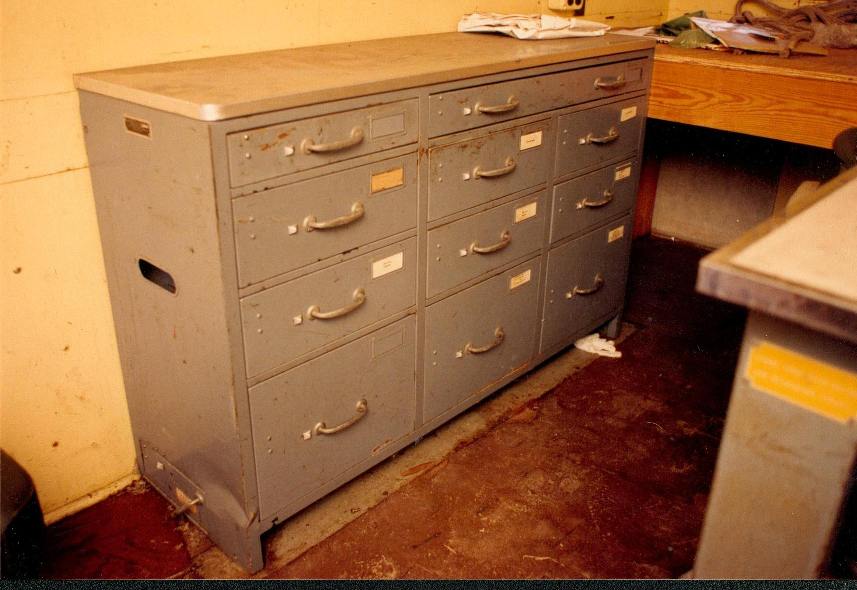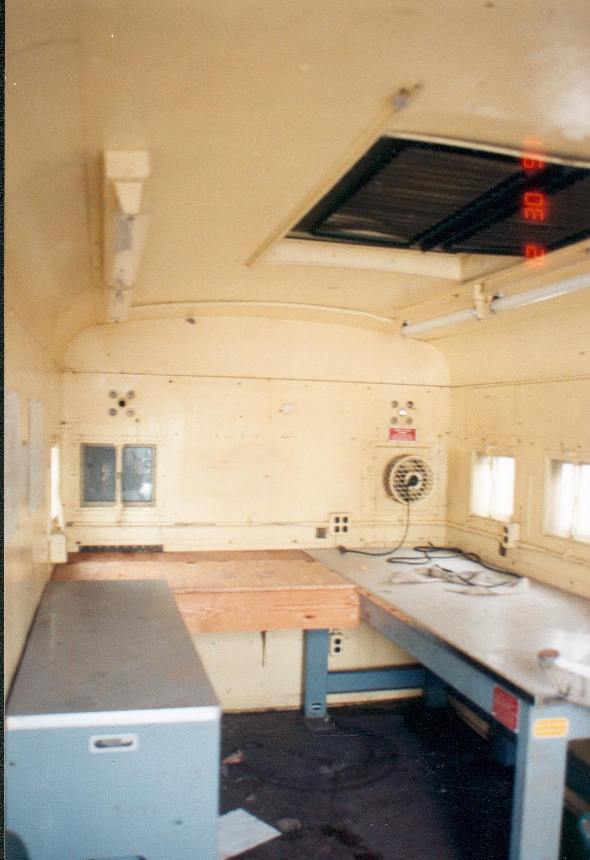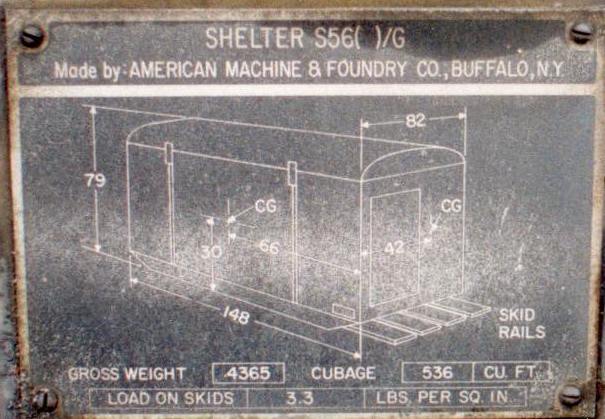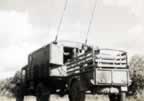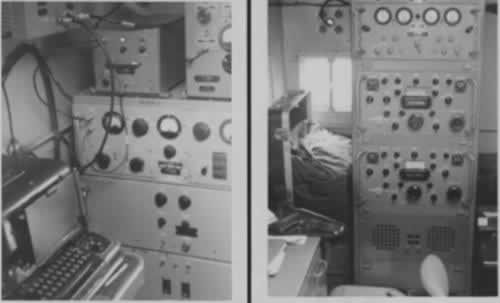|
|
I started working from the pictures in Bill Gregg's books to work out the dimensions and details to begin fabricating a radio box body. But then fate stepped in with a trip to the local government surplus sale looking for 11:00x20 tires sitting in the auction enclosure was an S-56 Shelter box. |
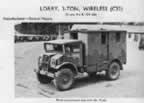
|
|
| These boxes were designed to slide or be lifted into the back of a standard US Deuce and a Half. The general size and shape was a good match for what I was seeing in Bill Gregg's book. It was the right general vintage being late WWII design. Though no date is shown on the date plate a match book cover found inside the front wall was dated 1946. |

|
||
|
|
So finding one of these boxes in December of 1991 was a bit of good luck. But the surprise was when I open the door to find the radio bench cabinets and chairs were still inside. The next problem was getting it at auction and not having it taken by some state agency to end up being used as a tool shed in some highway department. This was taken care of by a museum group putting a temporary hold on it, that they released just before the auction date. Next came winning the prize at the auction, but I had already figured out what it would cost me to build one and a $500 opening bid scared other bidders off. These photos were taken the day I first saw the box in the surplus yard.
|
The box is 79" tall, 82" wide, 148" long |
|
|
But the authenticity of a US build body on a CMP always bother me until one day I saw these photos on Keith Webb's, Australian web site http:http://www.oldcmp.net/signals.html Clearly showing the US bodies being used on Australian CMPs (left.) Then I saw the Radio Shelter Unit (right) at Beltring in 2001 |
|||
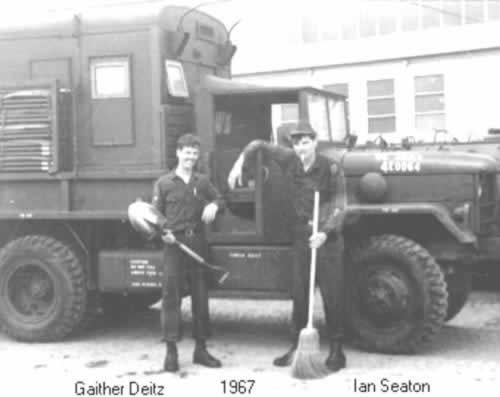 |
As can be seen from these photos these units enjoyed a very long use in the military out lasting the trucks they were first designed for by many years. |
 |
|
|
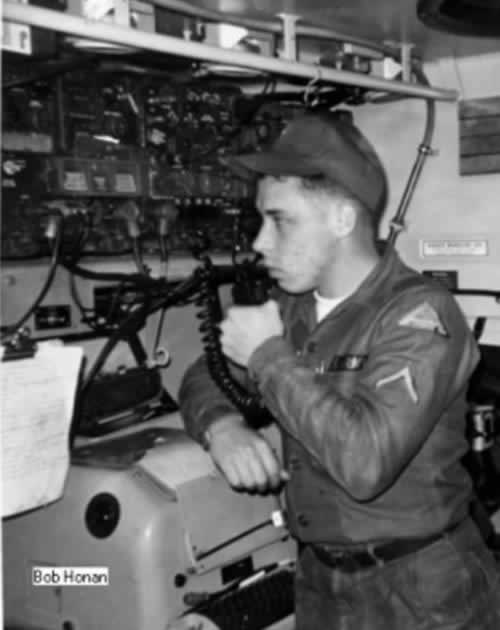 |
||
These two photos turned up on MLU showing an S56 Shelter Box in the General Service Cargo Box of an 158" wb F60L |
|||
 |
|||
 |
|||
|
|
|||
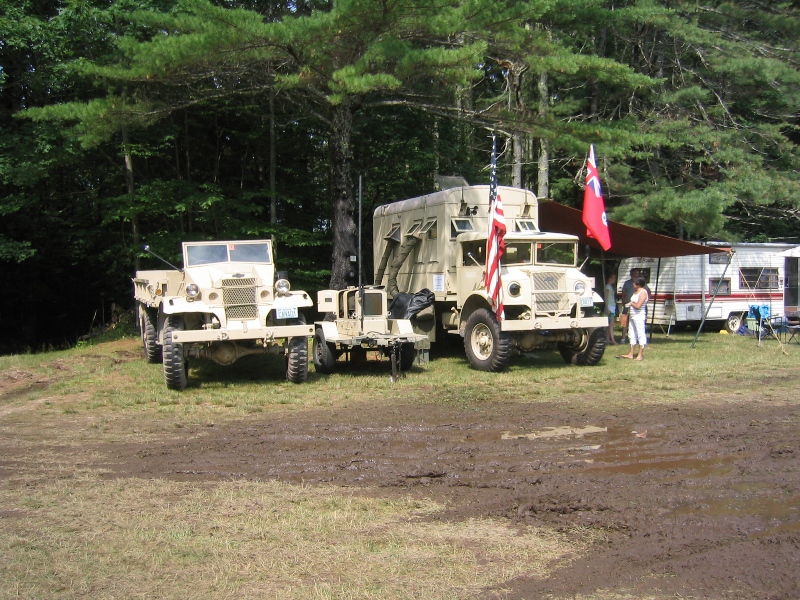 |
|||
It has now been about 21 years (1991-2013) that we have been using the S56 Shelter Body on the back of BEAUTY to camp in at various MV meets. The radio bench along the side was removed and a bench seat which converts to a double bunk was added across the front. The biggest creature comfort change was the addition shower and toilet in the back corner of the box. This unit is the size of the orginal radio transmiter unit that occupied the that space. Truck now carries 20 gallon fresh water tank and an electric hot water heater. The photo above shows the rear steps which were designed to slide between the frame rails of the body. The design for the steps was taken from a US military kitchen truck manual. The steps are actual stair steps instead of the steep ladder type found normally on Military Vehicles. The photo was taken at the Bosten Navy Yard the ship in the back ground is the USS Constitution.
Addition creature comforts have also been added (next photo down) over the years like the M5 Generator and trailer which also powers a dehumidification unit (aka airconditioning) the canvas ducts pipe the cool dry air to the bos. The canvas penthouse was also added to provide protection from the sun and rain. The M5 is unusual for military generators it is very quiet.
